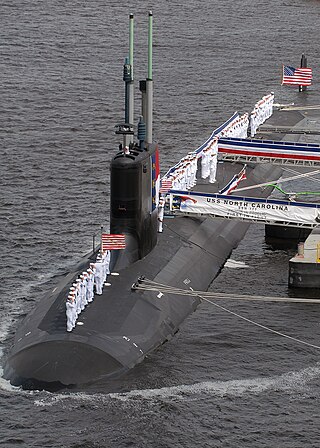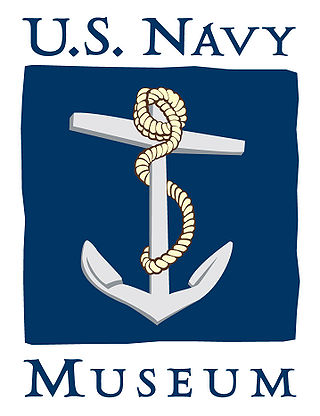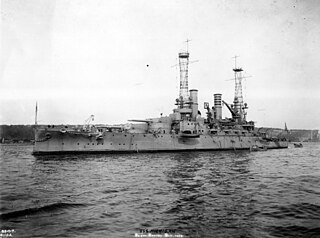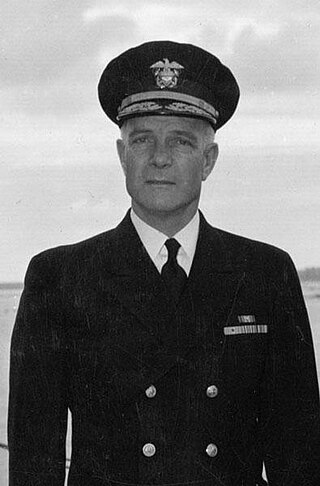South Carolina is a state in the United States.
Contents
South Carolina may also refer to:
South Carolina is a state in the United States.
South Carolina may also refer to:
Columbia most often refers to:
Midway often refers to:
Montana is the 41st state of the United States.
Nassau, derived from the town of Nassau on the Lahn River in Rhineland-Palatinate, Germany, gained historical significance through the House of Nassau. The noble dynasty later formed the Dutch royal House of Orange-Nassau following William I's inheritance of the Principality of Orange in 1544, leading to the adoption of the name Nassau across various locations and institutions worldwide. The name traces its etymology to German nass (wet) and Au(e) (floodplain).
Three ships of the United States Navy have been named USS Michigan in honor of the 26th state.

USS North Carolina (SSN-777), a Virginia-class attack submarine, is the fourth vessel of the United States Navy named for U.S. state of North Carolina. The contract to build her was awarded to Northrop Grumman Newport News on 30 September 1998 and her keel was laid down on 24 May 2004. She was launched on 5 May 2007. North Carolina was commissioned on 3 May 2008 in Wilmington, North Carolina.
Wyoming is a state in the United States of America.
Virginia is a state in the United States of America.
Iowa is a state of the United States.
Rowans are a genus of deciduous trees.
Mississippi is a state of the United States of America.
Illinois is a state in the United States.

The National Museum of the United States Navy, or U.S. Navy Museum for short, is the flagship museum of the United States Navy and is located in the former Breech Mechanism Shop of the old Naval Gun Factory on the grounds of the Washington Navy Yard in Washington, D.C., United States.
Tennessee is a state in the United States of America.
New Mexico is a state in the southwestern United States, the term also refers to the historical Nuevo México in New Spain and Mexico, as well as the former New Mexico Territory and the U.S. provisional government of New Mexico which preceded it in the American frontier.
Neptune is the eighth and farthest planet from the Sun.
South Dakota is a state in the United States.

Two South Carolina-class battleships, also known as the Michigan class, were built for the United States Navy in the early twentieth century. Named South Carolina and Michigan, they were the first American dreadnoughts—powerful warships whose capabilities far outstripped those of the world's older battleships.

Vice Admiral Olaf Mandt Hustvedt was a senior officer of the United States Navy. He saw service in World War I and World War II, operating in both the Battle of the Atlantic and the Pacific War. During his 36-year career, he distinguished himself as an expert in naval ordnance and as a battleship commander.